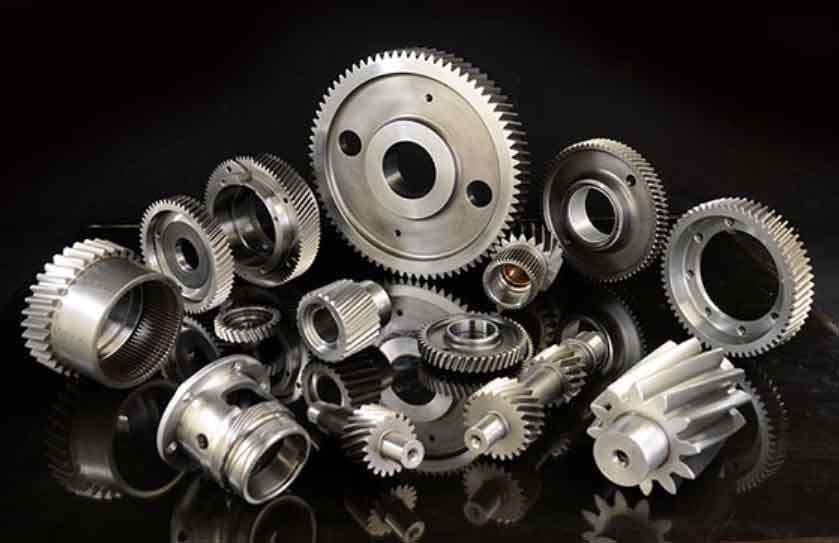
Helical gears are known for their effectiveness in reducing gear noise and improving gear system performance. Their unique helix-shaped tooth design offers several inherent advantages that contribute to noise reduction. Here are some strategies through which helical gears achieve noise reduction and enhance gear system performance:
- Helix Angle Optimization: The helical angle of the gear teeth plays a significant role in reducing gear noise. By carefully selecting the helix angle, engineers can create a gradual engagement of gear teeth, leading to smoother meshing and reduced impact noise during contact.
- Overlapping Tooth Engagement: Due to the helical design, multiple teeth are in contact at the same time, distributing the load across a broader tooth surface. This overlapping engagement reduces stress concentration on individual teeth, minimizing noise generation.
- Profile Shifting: By applying profile shifting, the contact pattern on the gear teeth can be adjusted. This technique allows engineers to optimize the gear’s load distribution and minimize noise at specific operating conditions.
- Surface Finishing: Proper gear tooth surface finishing, such as superfinishing and honing, enhances the smoothness of the gear surfaces, reducing friction and noise during operation.
- Precision Manufacturing: High-precision manufacturing processes ensure accurate gear tooth profiles, minimizing tooth deviations that can contribute to noise. Computer numerical control (CNC) machining and grinding technologies allow for tight tolerances and consistent gear quality.
- Materials and Lubrication: Using high-quality materials and lubricants specifically tailored for helical gears can reduce friction and wear, resulting in quieter gear operation.
- Damping Techniques: Incorporating damping techniques, such as elastomeric couplings or isolators, can help reduce vibrations and further dampen gear noise in the system.
- Multi-stage Gearboxes: Helical gears are often used in multi-stage gearboxes, where each stage contributes to noise reduction and allows for higher gear reduction ratios without excessive noise.
- Gear System Design and Optimization: Consideration of the entire gear system’s dynamics, including housing, bearings, and shafts, can help identify potential noise sources and optimize the system for reduced noise levels.
- Acoustic Analysis and Simulation: Advanced acoustic analysis and simulation software can predict and evaluate gear noise during the design phase, enabling engineers to make informed decisions to minimize noise levels.
By implementing these noise reduction strategies, helical gears offer a quieter and more efficient gear system performance, making them suitable for various applications where noise reduction is crucial, such as automotive transmissions, industrial machinery, and precision equipment.
